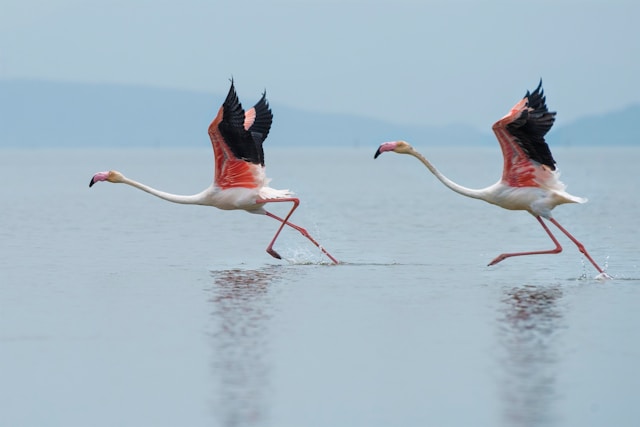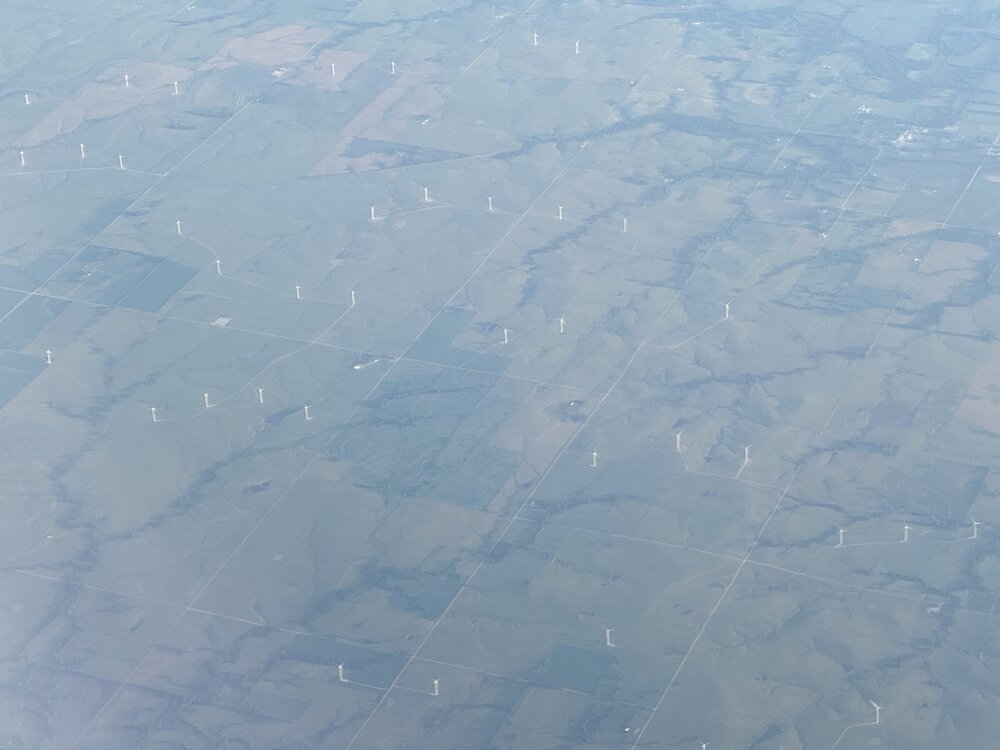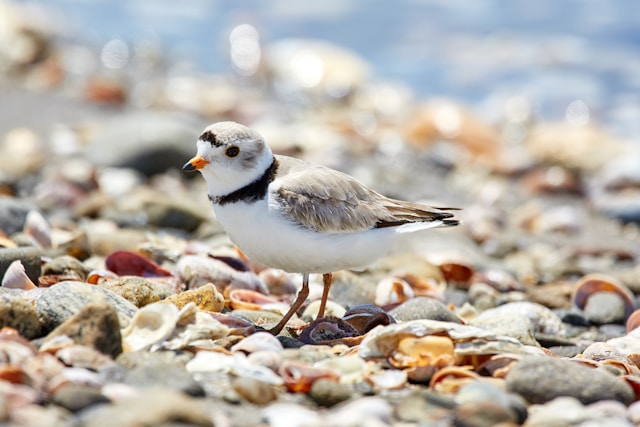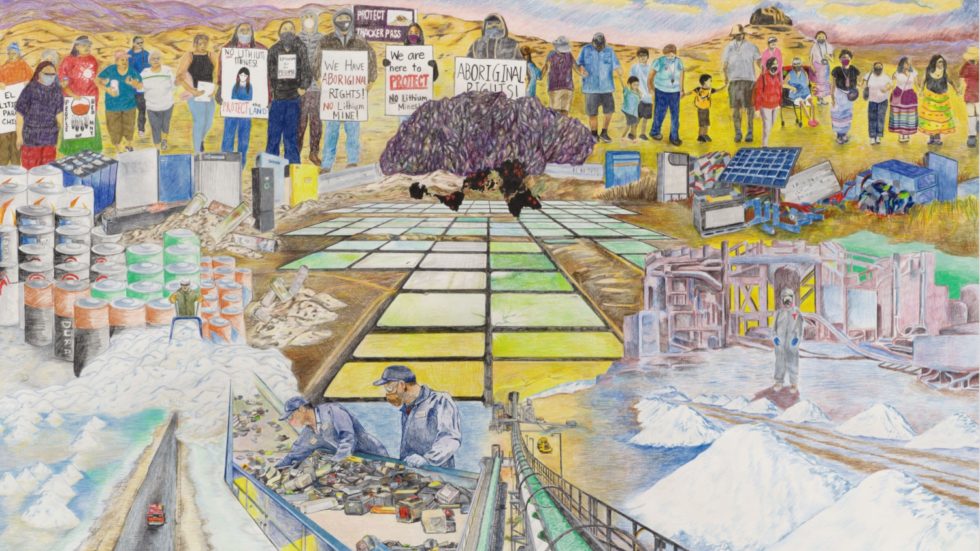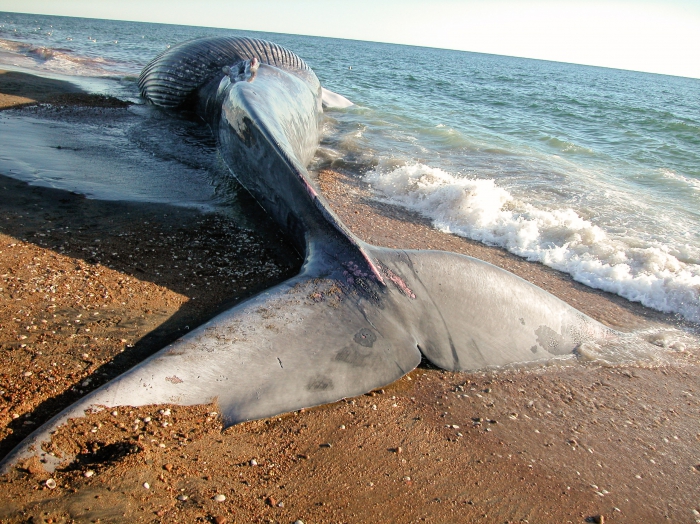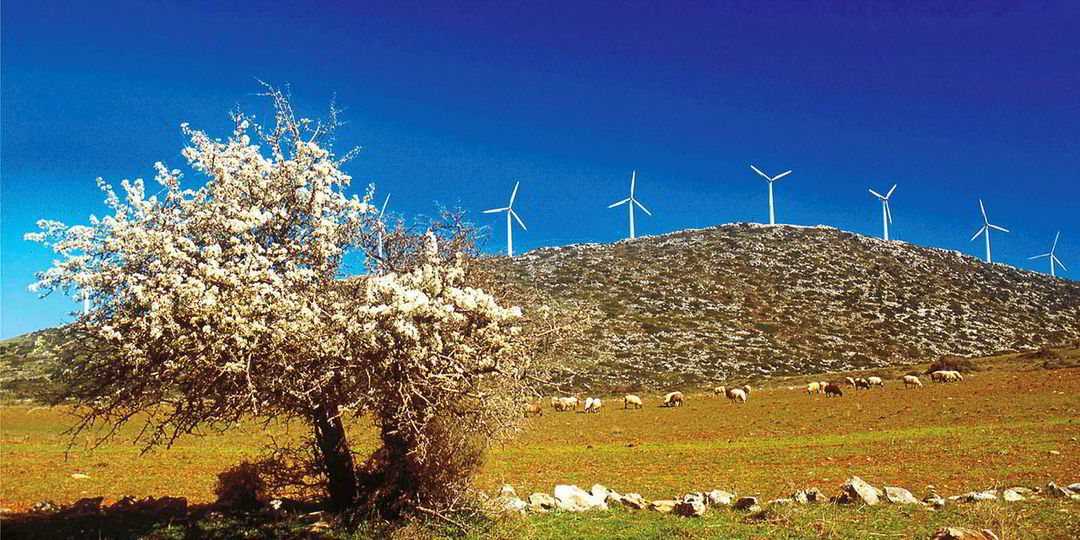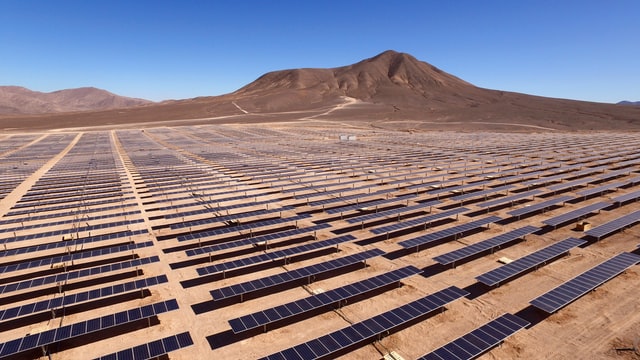By Carl van Warmerdam
The North Atlantic Right Whale (NARW) are among the rarest of all marine mammal species in the Atlantic Ocean. They average approximately 15 m (50 ft) in length. They have stocky, black bodies with no dorsal fin, and bumpy, coarse patches of skin on their heads called callosities. The NARW is one of the world’s most endangered whales. Once common along the eastern U.S. seaboard, the whale was hunted to near-extinction by the 1750s. The species gets its names from early whalers, who considered them to be the “right” whales to hunt. By the early 1900s the population off Europe had been virtually extirpated while a small population of perhaps a hundred or fewer survived in the western North Atlantic off the United States and Canada. After 1935, when an international agreement went into effect banning the hunting of all right whales, their numbers began to increase slowly. In recent decades, this slow recovery has been impeded by mortality and serious injury from ship strikes, entanglement in fishing gear, underwater noise and separation from calving areas because of shipping traffic. NARW now occur almost exclusively along the east coasts of the United States and Canada, where they rely on a calanoid copepod, Calanus finmarchicus, as their primary food source. Beyond eating a lot, whales also produce lots of plumes (a gassy form of underwater poop). These plumes fertilize the ocean and help feed small organisms called phytoplankton. These organisms, in turn, produce 50% of the world’s oxygen – every other breath humans take. Over their lifetimes, NARW also accumulate tons of carbon in their bodies – helping to mitigate climate change. The importance of whales for the ecosystem cannot be overstated.
...

